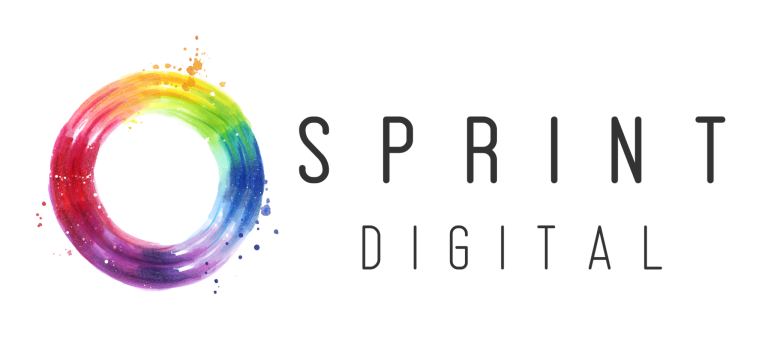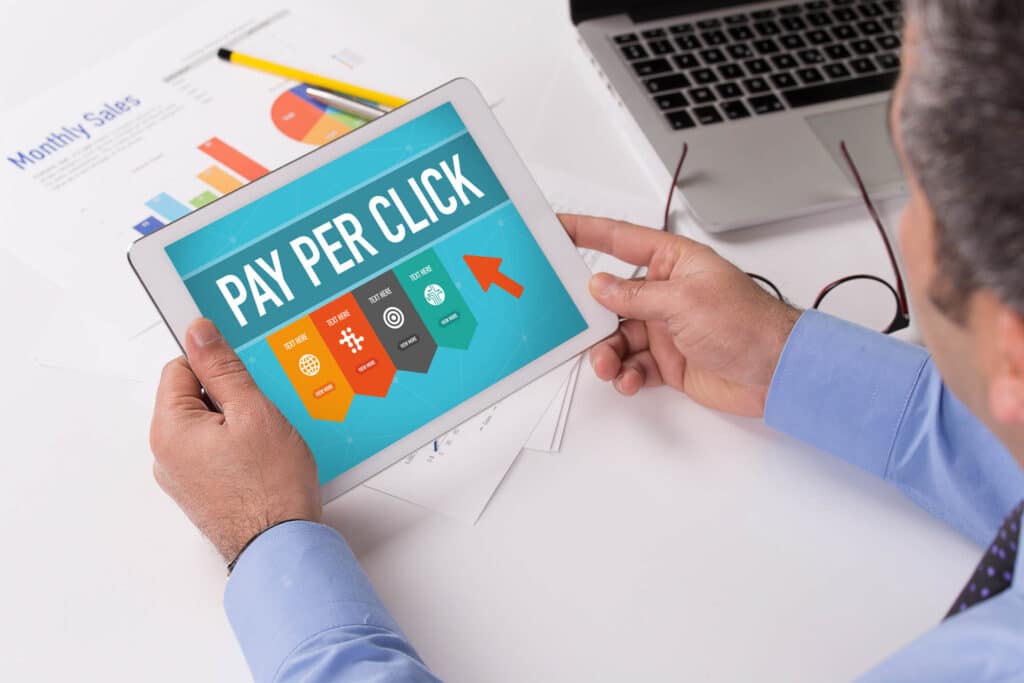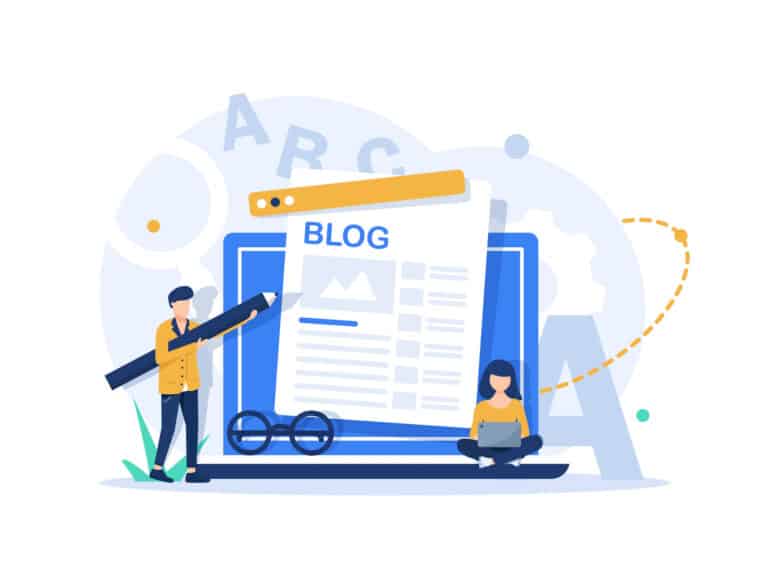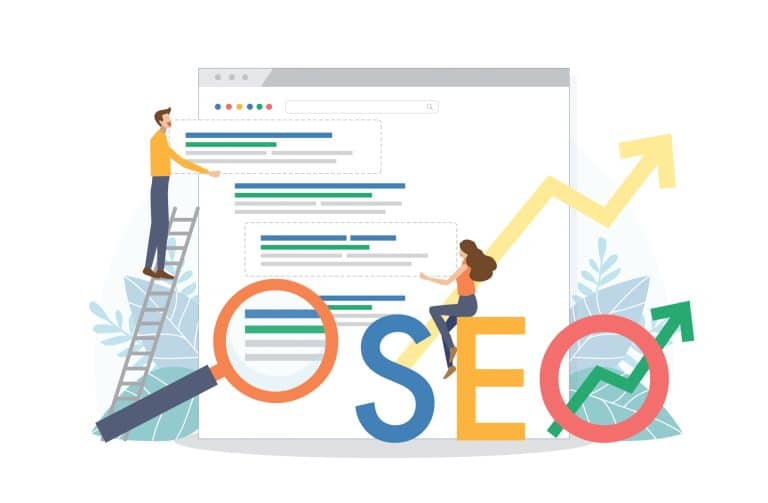PPC (Pay-Per-Click) marketing is an ever-evolving beast, and one of the fastest-changing areas of digital marketing. As regulators and private companies around the world respond to movements towards consumer privacy, and advertising platforms explore machine learning in more depth for businesses of all sizes, 2022 is set to be a landmark year for PPC marketing.
Here are our predictions for the 5 top PPC marketing trends of 2022:
AUTOMATION INSIGHTS: ADS, CAMPAIGNS, TARGETING & MORE
The oncoming tide of automation has been rising in recent years, but 2022 is shaping up to be a pivotal year. PPC has historically been very manual and time-consuming for marketers, but it’s been possible to achieve excellent results through that work.In the last few years, as digital continues to scale, automation has grown in response to help marketers face some of these challenges.
The difficulty has been balancing the human strategy, empathy, and knowledge of their own businesses that marketers bring with the scale and speed that automation offers. Until recently, while automation has eased the burden, it has not always improved results and has often scaled costs. This is especially true for smaller businesses without huge reservoirs of data for machine learning to pull from.
However, platforms – specifically Google – are focusing on merging the human approach with automation more smoothly in 2022.
This includes giving more support and more information to advertisers testing automation, including additional diagnostics to help advertisers prevent wasted spending.
One example of bringing more insights to advertisers is the changes. Google made to their new
Performance Max campaigns before releasing them from beta in late 2021. Google has created an updated Insights page that will show which audiences and search terms are the key drivers of traffic and conversions in the campaign, which should help advertisers work with automation to optimize campaigns more quickly and still have insights into what performs and what does not for their businesses.
PRIVACY & SECURITY: THE DEATH OF THE PIXEL – WHAT’S NEXT?
With Apple and Google restricting the use of pixels (or cookies) for marketing analytics and attribution, marketers need to focus on first-party data. That means newsletter growth, memberships, lists of past purchasers and more.
Facebook (now Meta) and Google are both developing their own creative workarounds as privacy laws and security concerns restrict the use of pixels, Meta with their
Aggregated Event Measurement protocol and
Google’s Ads Data Hub, a “privacy-safe warehousing solution.”
However, these are imperfect. Facebook and Instagram advertisers across the board have noted, in Meta’s own words, decreased ad effectiveness, higher advertising costs, and less accurate targeting.
With certain audience options being stripped out of these platforms and automation being pushed, first-party data is more important than it has ever been before. Contextual targeting should also see a revival in usage.
VOICE SEARCH: NATURAL LANGUAGE
Talking to yourself will still get you a few looks in public, but talking to your phone? Very normal, even if who you are talking to is Siri, or Alexa, or, for more and more of us, a search bar.
40% of adults use voice search daily, and there are about 1 billion voice searches currently done per month.
Now, think about how you speak. It’s quite different from the way you type, and it’s likely to be a bit wordier. For example:
Typed: best shoes Dublin
Spoken: ok Google, where are the best shoe stores near me in Dublin?
This means that search terms you’ll see in your Google Ads accounts will also be changing. Short tail keywords are not quite as relevant to many voice searches.
Instead, try optimizing your campaign to answer questions and other long tail queries people might be asking for their phones. Use the data from your search terms to understand what these queries are. Then, see how you might adjust your keywords, ads and landing pages to better suit natural language.
VIDEO AD: YOUTUBE ON TV
As of last June,
40% of all US YouTube ad impressions were on TVs. In 2019, this figure was just 12%. This metric, which has been significantly accelerated by the pandemic is an opportunity for advertisers.
Previously, television ads were the purview of big companies and big budgets. However, with YouTube video ads running on pay-per-click models (and typically inexpensive CPCs), this is a chance for companies of all sizes to reach bigger screens. Of course, streaming services like Netflix, Hulu and more are competitors for these same viewers tuning in from the apps on their smart TVs, but the numbers are compelling and likely to grow.
If you’re just getting started with YouTube advertising, ensure that the resolution of your video ad is high enough for big screens, and tell a compelling story about your product or service as quickly as you can to hook your viewers. For more tips and advice on campaigns, contact our team.
SMALL BUSINESS DEVELOPMENT
Finally, all these shifts in the landscape, especially automation and privacy, have led the big two PPC players – Google and Meta – to reach out more aggressively to SMBs. Meta now offers personal connections with their Marketing Experts to all new account holders, and of course their ‘boost post’ option has been around for years. On Google Ads, their Smart Accounts and Smart Campaigns are being emphasized much more prominently.
If you’re a small business owner looking to get started in PPC, we recommend taking the time to learn how to properly run campaigns and use targeting tools on both platforms to ensure you get the best return on your ad spend.
While both platforms excel in certain specific aspects of machine learning and automation, you do not want to simply hand over the keys to the kingdom. As the owner or manager of your business’s marketing, you are much more aware of who your audience is and what messaging works best for them and can learn how best to reach them using the platform’s tools. You also have much more control over targeting, tracking results and creating ads when you use these platforms on ‘expert’ mode.
Time is money for every business, though, so if you do not have time to learn yourself, we recommend hiring an expert – either in house or via a digital marketing agency – to give your campaigns that human touch.
We hope you have enjoyed this quick overview of 5 PPC trends for 2022, and hopefully we have also given you some food for thought!






